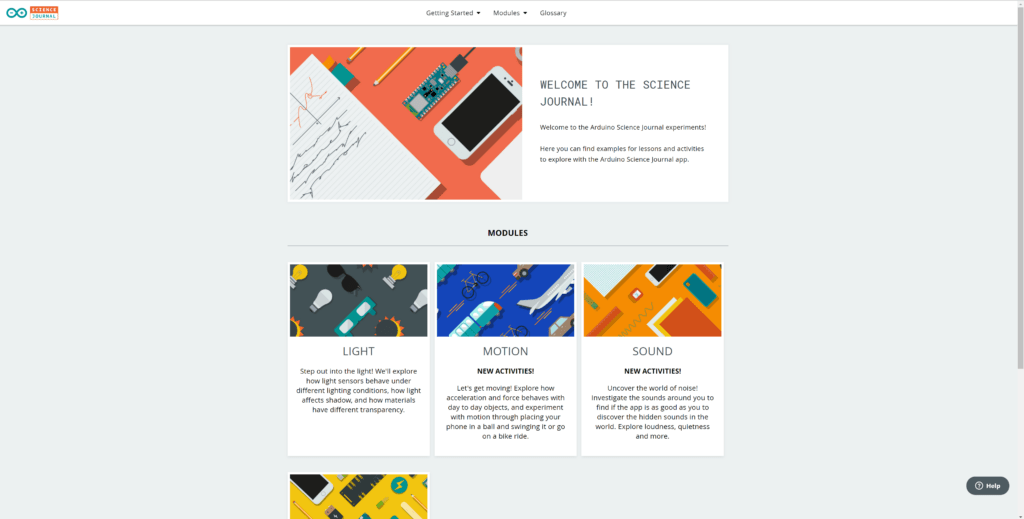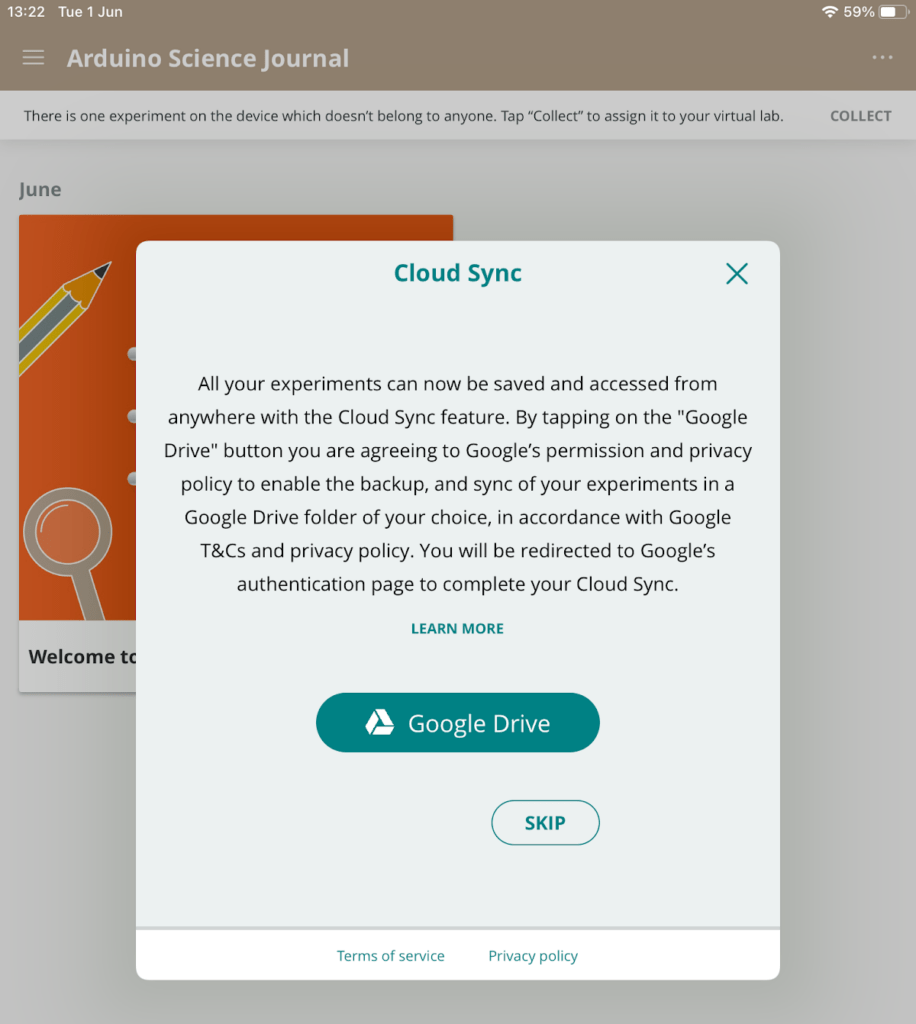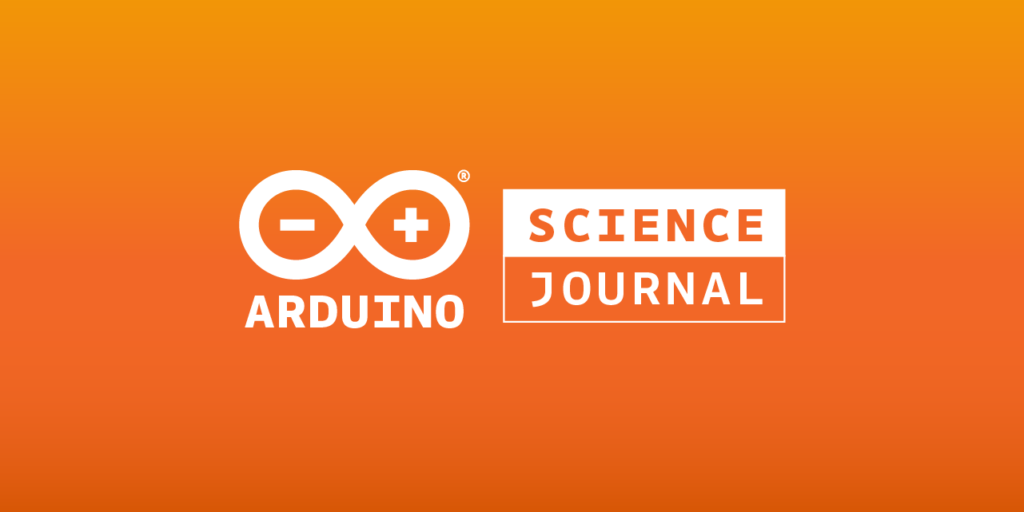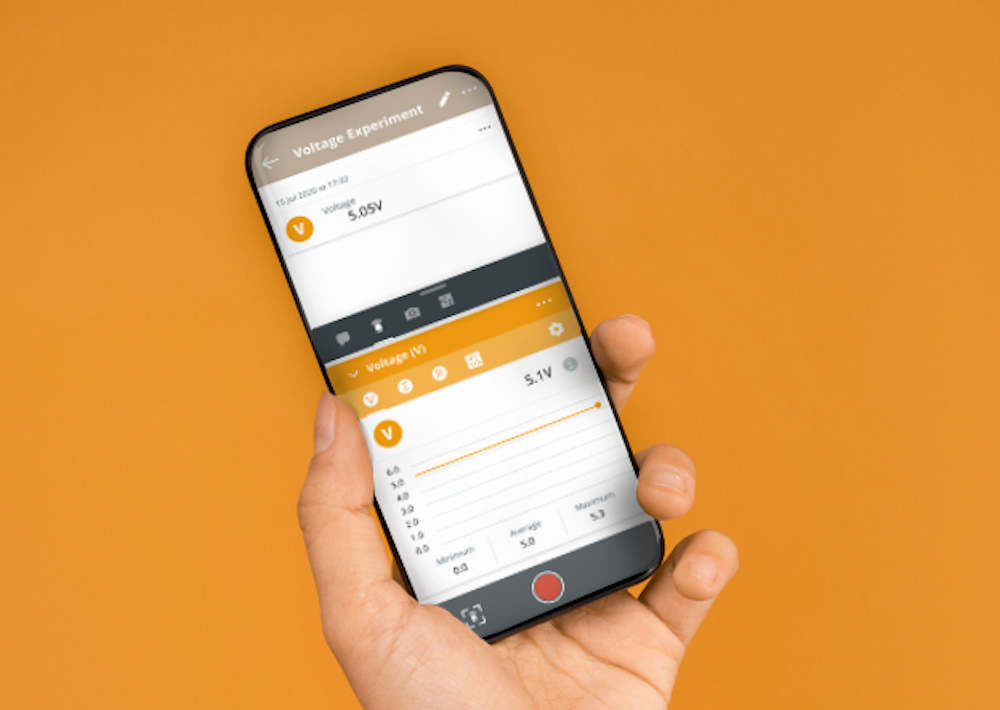13
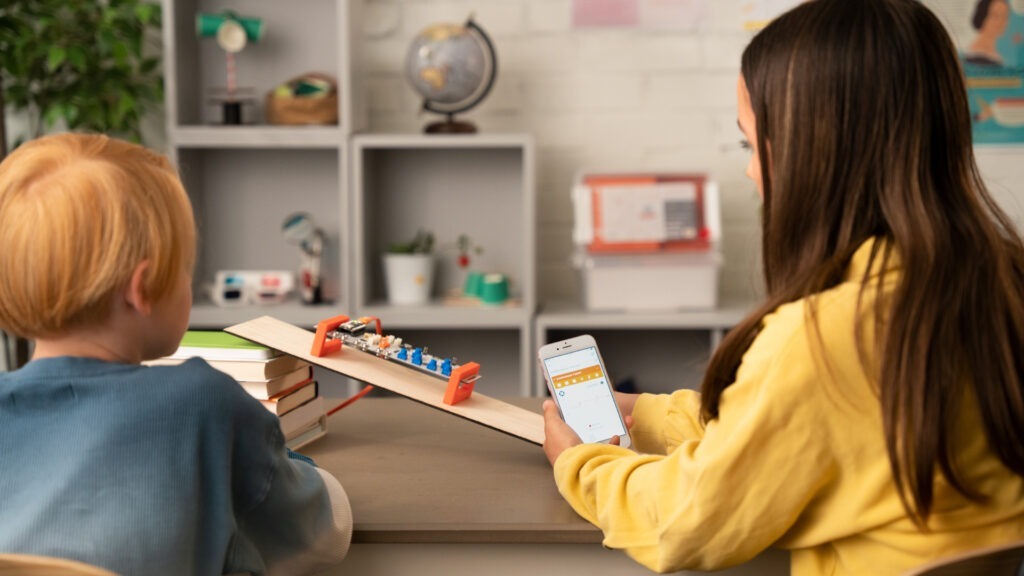
Stephen Hawking once said, “No one undertakes research in physics with the intention of winning a prize. It is the joy of discovering something no one knew before.” That joy is exactly what we hope to ignite with Arduino’s Science Kit R3, bridging theory with practical exploration with a complete toolbox that science teachers can use to develop hands-on and engaging STEM experiments in the classroom.
From the relationship between color and temperature to the effects of electrical currents on magnetic fields, the kit provides a comprehensive learning experience that allows students to interact with the very core of scientific investigations – also through real-time data collection and analysis. By measuring, recording, and interpreting data with the Arduino Science Journal app, the learning process becomes interactive and dynamic.
So, how does the Science Kit R3 make physics the coolest subject in school?
- Enhanced understanding of physics: No more passive reading. Dive deep into physics, understanding complex concepts through hands-on experimentation.
- Promotion of scientific literacy: The real-time data collection and analysis features nurture scientific inquiry skills, priming students to thrive in our data-driven world.
- User-friendly design: No prior coding or electronics knowledge is required, ensuring educators and students can jump straight into experiments with minimal setup.
- Designed for education: The kit has been designed with teachers, for teachers and students.
- Critical thinking stimulation: The kit’s design encourages students to apply what they’ve learned to real-world situations, sharpening their problem-solving abilities.
- Self-directed learning: Through open-ended investigations, we’re giving students the reins, allowing their curiosity to guide their learning process.
- Comprehensive teaching support: The Science Kit R3 isn’t just for students. We’ve also equipped educators with an intuitive guide to streamline the teaching process.
If, like us, you believe that learning is most effective when it’s interactive, relevant, and fun, the Science Kit R3 is for you! You can find more information here or sign up to get early access.
The post Discover the world of physics, for real – with the new Arduino Science Kit R3! appeared first on Arduino Blog.

